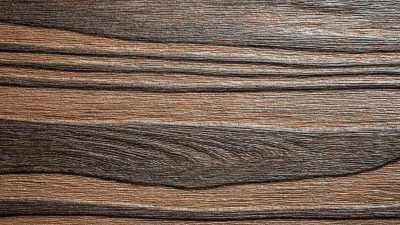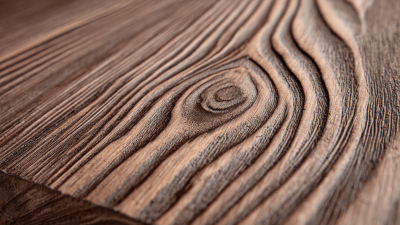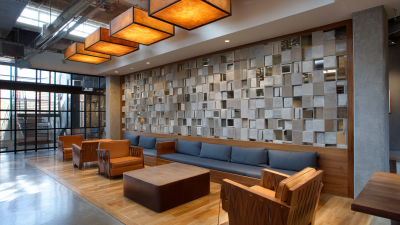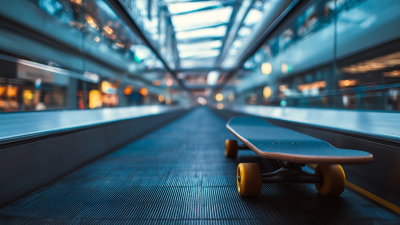Advantages of Using Fiber Cement Façade for Modern Building Design
In contemporary architecture, the quest for innovative materials that combine aesthetic appeal with durability has led to the rising popularity of Fiber Cement Façade. This unique building material makes a significant mark in modern design, offering a plethora of advantages that cater to both form and function. As architects and designers embrace sustainability and longevity, Fiber Cement Façade stands out due to its resistance to harsh weather conditions, low maintenance requirements, and a striking resemblance to traditional materials like wood and stone.
This blog will explore the best practices in leveraging Fiber Cement Façade for achieving stunning aesthetic results while ensuring optimal performance, making it a valuable choice for modern building projects. Join us as we delve into the exceptional benefits and innovative applications of Fiber Cement Façade in transforming the skyline of contemporary architecture.
Advantages of Fiber Cement Façade Over Traditional Materials in Building Design
Fiber cement façade systems have been gaining popularity in modern architecture due to their many advantages over traditional materials such as wood, vinyl, and brick. One significant benefit is durability; fiber cement is weather-resistant, does not warp, and can withstand extreme temperatures. According to a report by Technavio, the global fiber cement market is expected to grow at a CAGR of over 5% from 2020 to 2025, indicating a strong shift towards more resilient building materials in construction.
Another key advantage of fiber cement façades is their low maintenance requirements. Unlike wood, which necessitates regular painting and sealing, fiber cement only requires periodic cleaning to maintain its aesthetic appeal. The Portland Cement Association has highlighted that fiber cement products can last up to 50 years with proper care, making them a cost-effective choice in the long term. Additionally, fiber cement offers a wide range of design options, allowing architects to create contemporary looks that mimic the appearance of more traditional materials while benefiting from superior performance characteristics. This versatility positions fiber cement as a preferred material in today’s cutting-edge architectural designs.
Durability and Weather Resistance: Fiber Cement vs. Wood and Vinyl
Fiber cement façade is increasingly recognized for its superior durability and weather resistance when compared to traditional materials like wood and vinyl. One of the most significant advantages of fiber cement is its non-combustible nature, which prevents fire damage—a critical consideration in modern building design. Unlike wood, which can warp or rot due to moisture exposure, fiber cement maintains its structural integrity under varying weather conditions, ensuring a long-lasting façade.
In addition to fire resistance, fiber cement excels in standing up to harsh environmental elements. It won’t swell, crack, or fade in extreme temperatures, making it a reliable choice for all seasons. This resilience leads to lower maintenance costs over time compared to vinyl, which can become brittle and discolored with prolonged exposure to the sun. By choosing fiber cement, builders can enjoy a stylish, low-maintenance exterior that not only enhances the visual appeal of modern structures but also offers peace of mind through its unparalleled durability.

Aesthetic Versatility: Design Options with Fiber Cement Facade
Fiber cement façades are increasingly becoming a popular choice in modern building design due to their aesthetic versatility. With limitless design options, architects can seamlessly blend functionality with visual appeal. According to a report by ResearchAndMarkets, the global fiber cement market is projected to reach $20.4 billion by 2026, driven primarily by the growing use of fiber cement in residential and commercial projects. This surge reflects the material's adaptability to various architectural styles, from contemporary minimalism to classic aesthetics.

Moreover, fiber cement allows for a wide range of finishes, colors, and textures, enabling designers to customize façades to meet specific project requirements while maintaining durability. A study from the Portland Cement Association indicates that fiber cement siding can mimic the look of wood, stucco, or masonry, offering an eco-friendly alternative without compromising on appearance. This characteristic not only enhances the visual richness of building exteriors but also caters to the preferences of diverse clientele, positioning fiber cement as a frontrunner in architectural innovation.
Cost-Effectiveness in the Long Term: Analyzing Installation and Maintenance
Fiber cement façade has emerged as a leading choice in modern building design due to its long-term cost-effectiveness.
According to a recent report by the Building Research Establishment, fiber cement panels can reduce overall façade costs by up to 20% compared to traditional materials when factoring in installation and maintenance.
The lightweight nature of fiber cement makes it easier to handle and install, which can significantly lower labor costs.
This efficiency is further enhanced by the material's ability to withstand adverse weather conditions, reducing the frequency and costs associated with repairs and replacements.
In terms of maintenance, studies conducted by the American Institute of Architects reveal that fiber cement façades can last over 30 years with minimal upkeep.
This is particularly advantageous for building owners seeking to manage long-term operational costs while maintaining aesthetic appeal.
The need for repainting and surface treatments is substantially decreased, with fiber cement retaining its appearance without significant intervention.
Additionally, energy savings resulting from better insulating properties help offset initial installation costs, thus reinforcing fiber cement's reputation as a financially sound investment for modern architecture.
Environmental Impact: Sustainability of Fiber Cement in Modern Architecture
Fiber cement façades are emerging as a significant asset in modern architecture due to their sustainable properties and environmental benefits. One of the pivotal advantages of fiber cement is its ability to align with sustainable construction practices. The ongoing shift in the construction industry toward eco-friendly materials is bolstered by products that meet Cradle to Cradle Certified® standards, demonstrating not only durability but also a commitment to minimizing environmental impact. Current trends indicate that incorporating advanced materials, including nanomaterials and natural fibers, can enhance the properties of fiber cement composites. These innovations have proven to improve performance while reducing the carbon footprint associated with traditional building materials.
Moreover, the integration of lightweight cement composites reinforced with natural fibers marks an exciting frontier for sustainability. Research has shown that these fiber-reinforced materials not only offer competitive strength but also facilitate resource conservation during construction. As the demand for sustainable solutions grows, fiber cement, with its remarkable adaptability and performance traits, stands at the forefront of architectural innovation. In fact, the global fiber cement market is anticipated to grow significantly, reflecting its increasing acceptance as a sustainable building solution across various applications and regions. As architects and builders prioritize environmental considerations, fiber cement façades will likely play a crucial role in shaping contemporary urban landscapes.
Advantages of Using Fiber Cement Façade for Modern Building Design

Products
About Us
Download
News
Blog
Contact Us
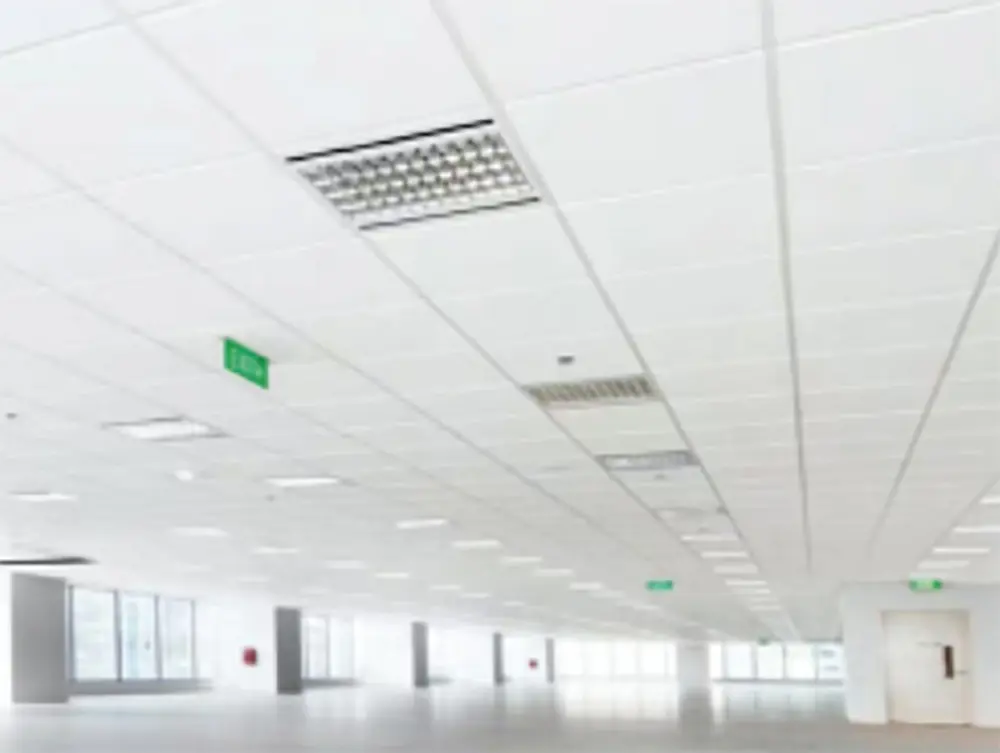 LEAO®Deco Ceiling
LEAO®Deco Ceiling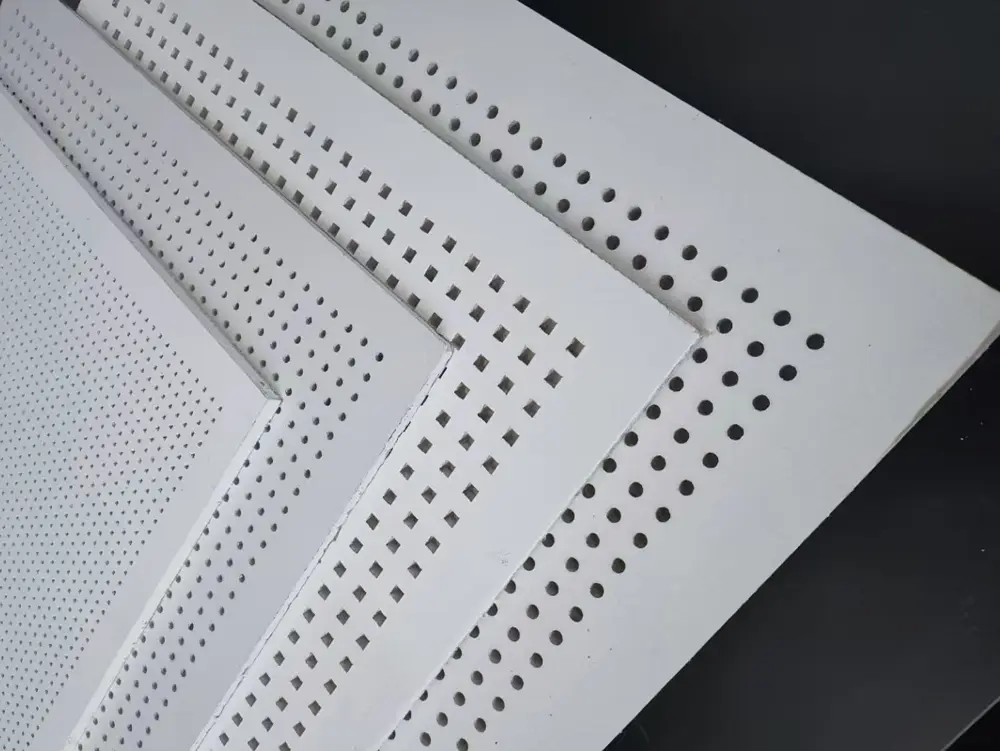 LEAO® Perforated Ceiling
LEAO® Perforated Ceiling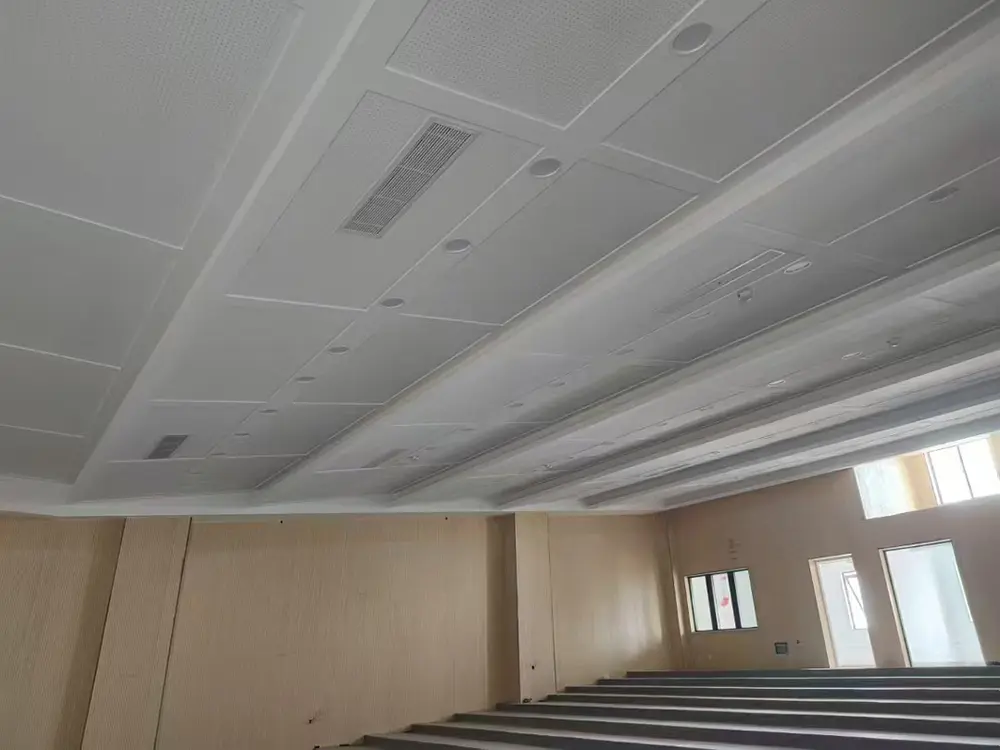 LEAO® Ceiling Board
LEAO® Ceiling Board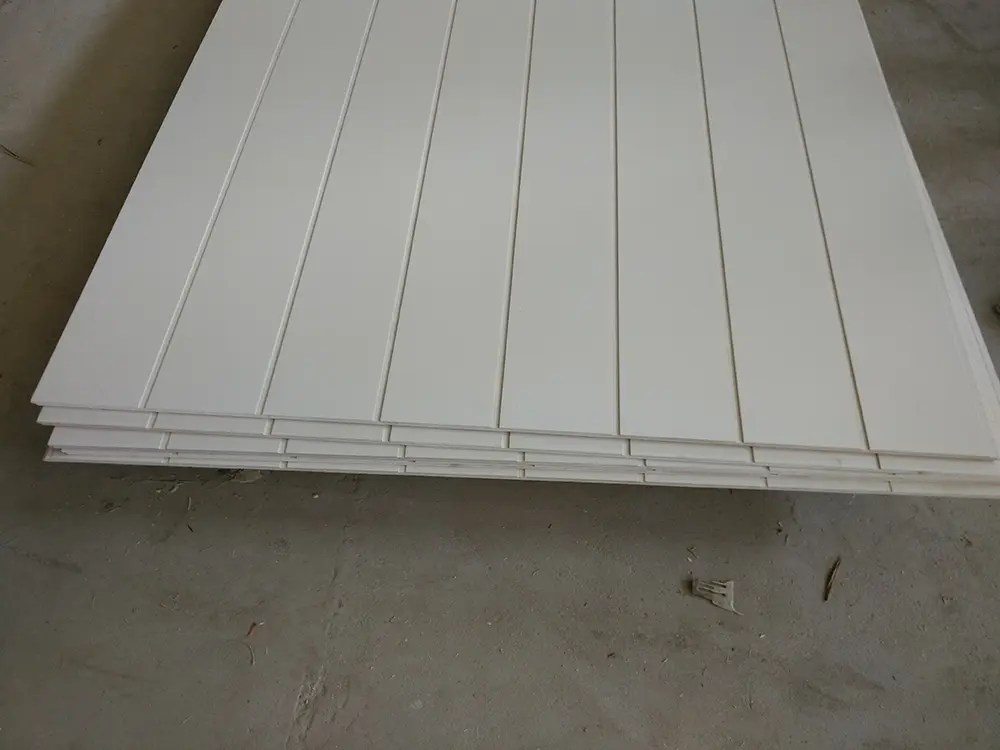 LEAO® Groove Interior Panel
LEAO® Groove Interior Panel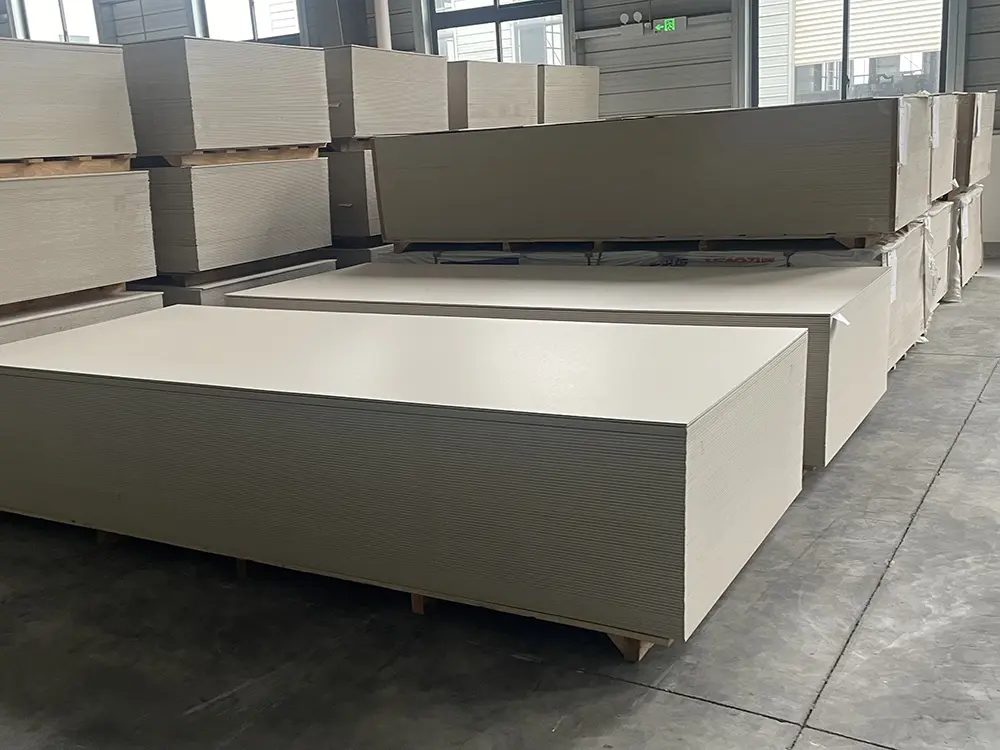 LEAO® Interior Board
LEAO® Interior Board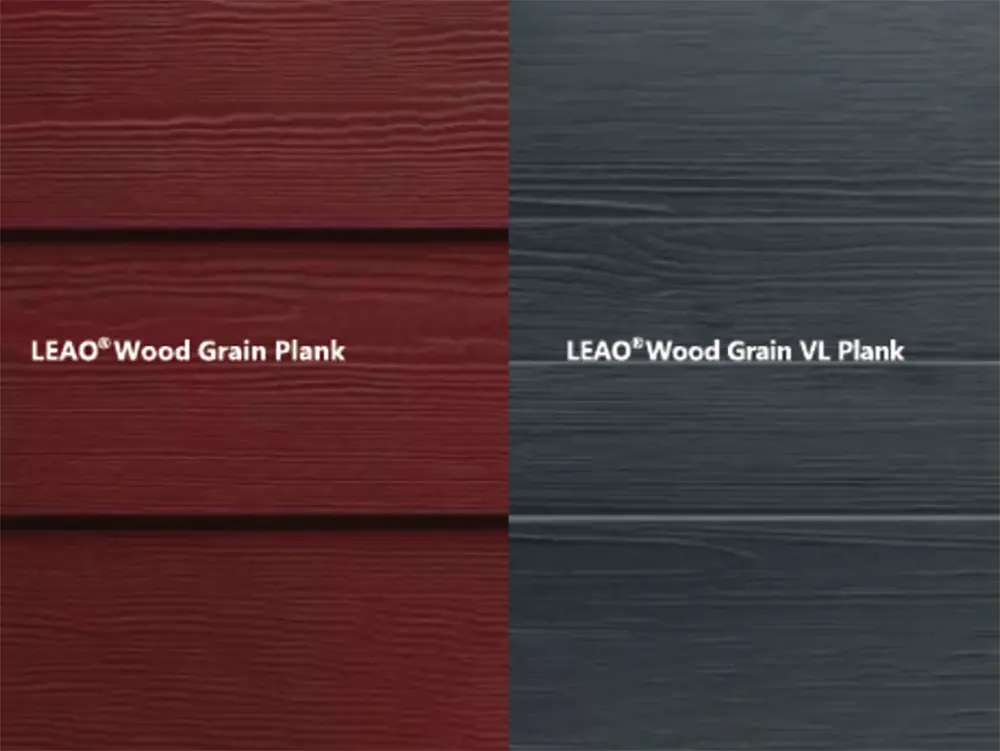 LEAO® Wood Grain Plank
LEAO® Wood Grain Plank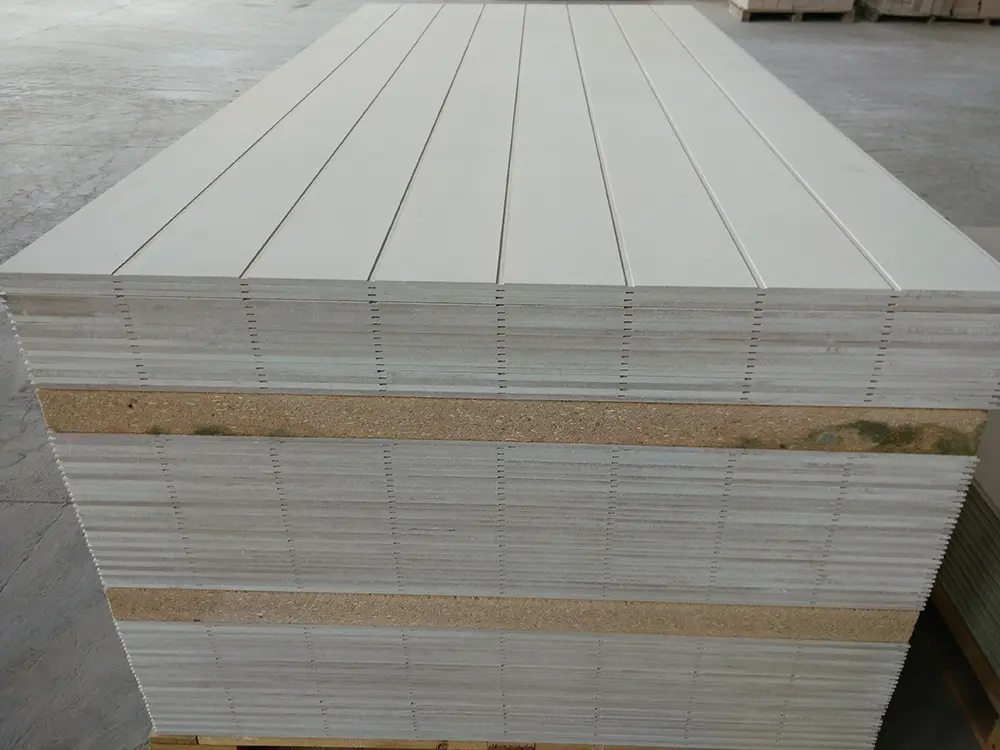 LEAO® Grooved Exterior Panel
LEAO® Grooved Exterior Panel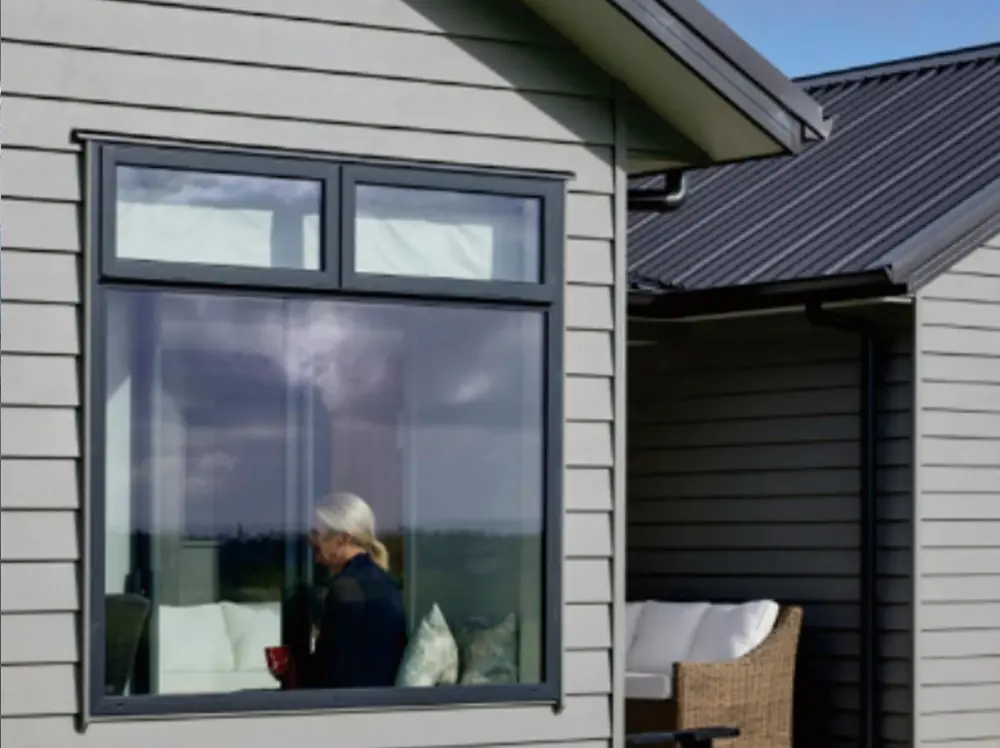 LEAO® Weatherboard
LEAO® Weatherboard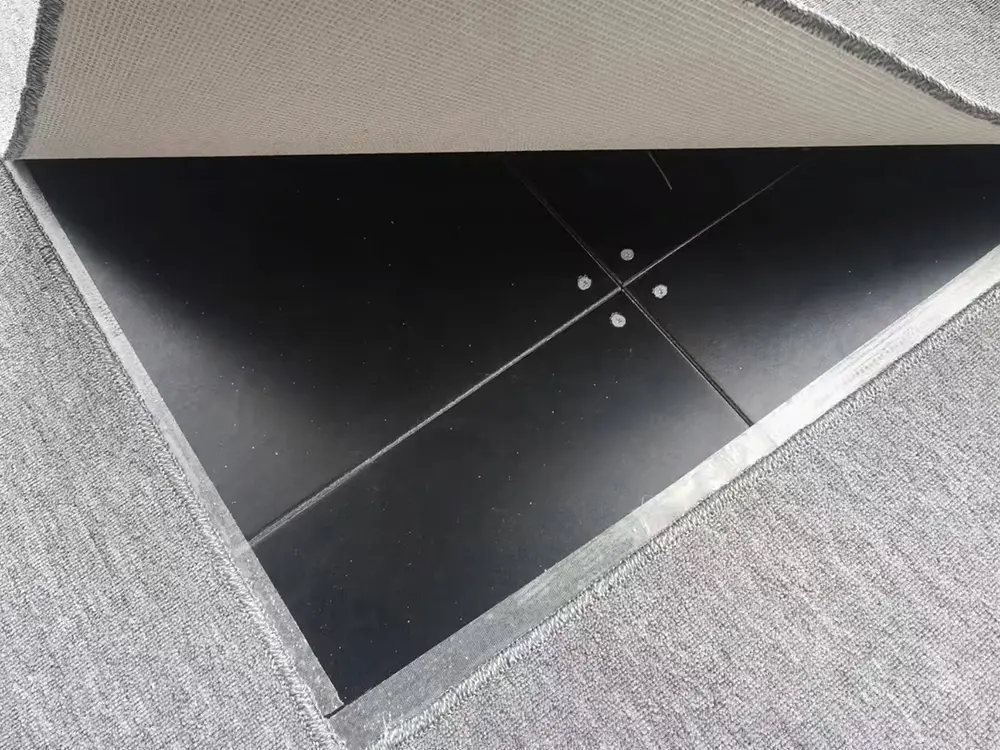 LEAO® Access Floors
LEAO® Access Floors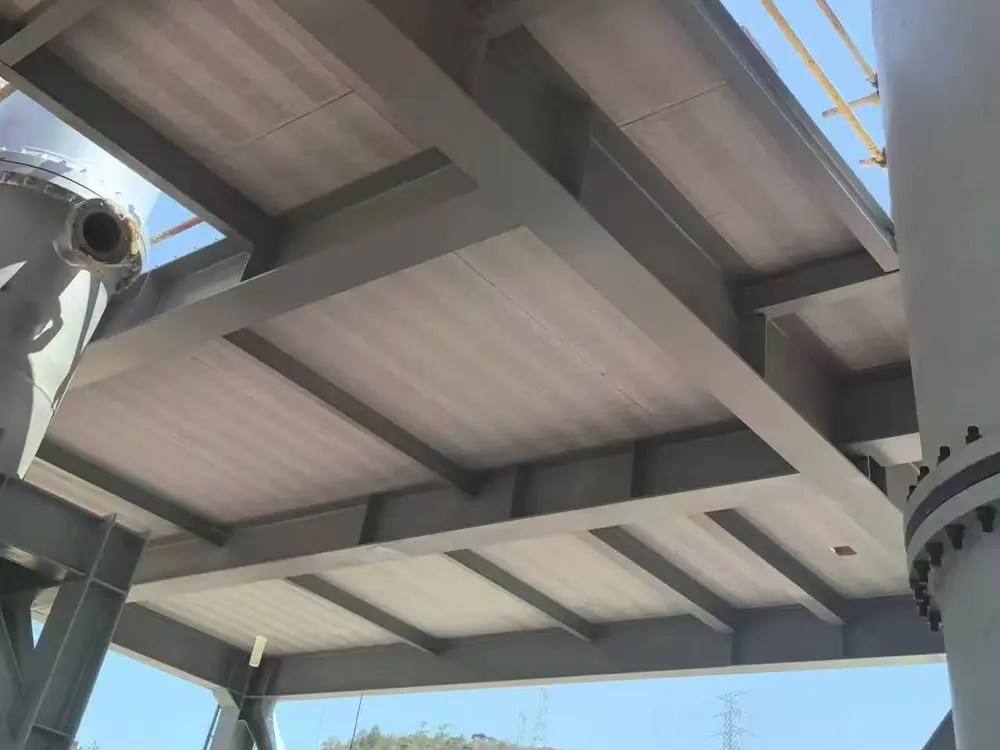 LEAO® Non-removable Formwork
LEAO® Non-removable Formwork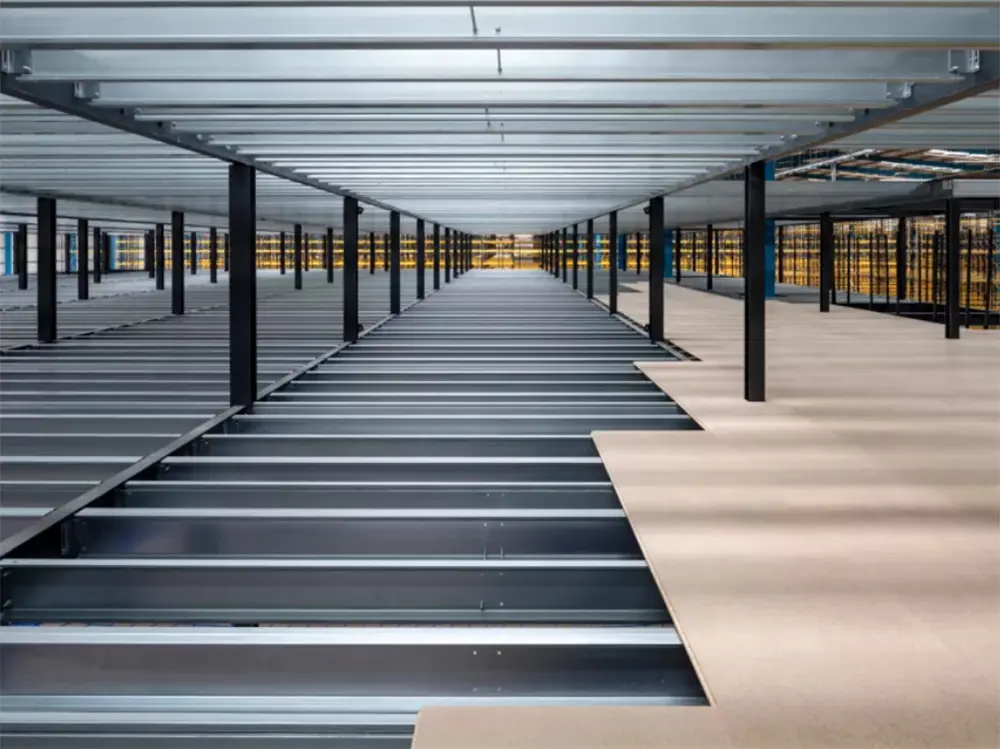 LEAO® Mezzanine Board
LEAO® Mezzanine Board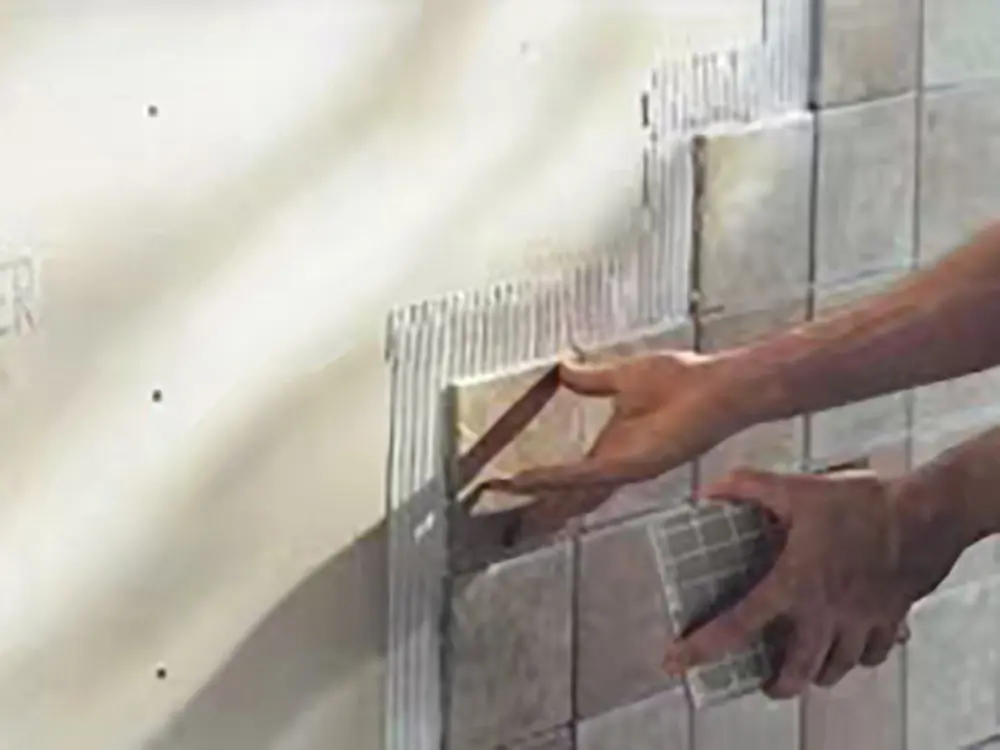 LEAO® Ceramic Tile Underlay
LEAO® Ceramic Tile Underlay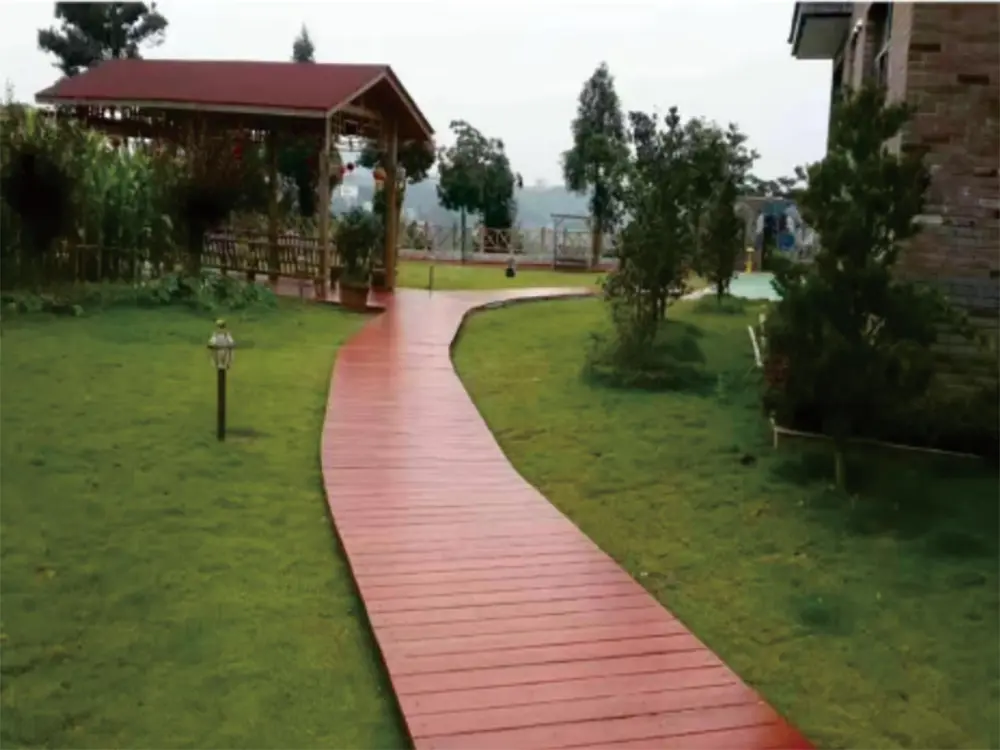 LEAO® Floor Plank
LEAO® Floor Plank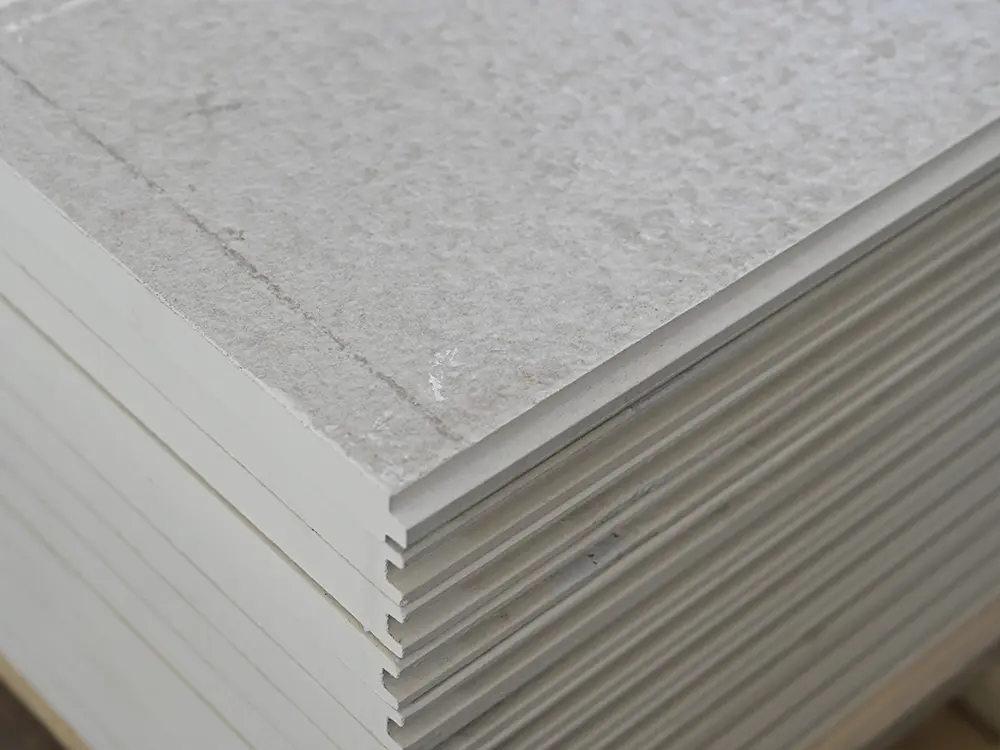 LEAO® Flooring
LEAO® Flooring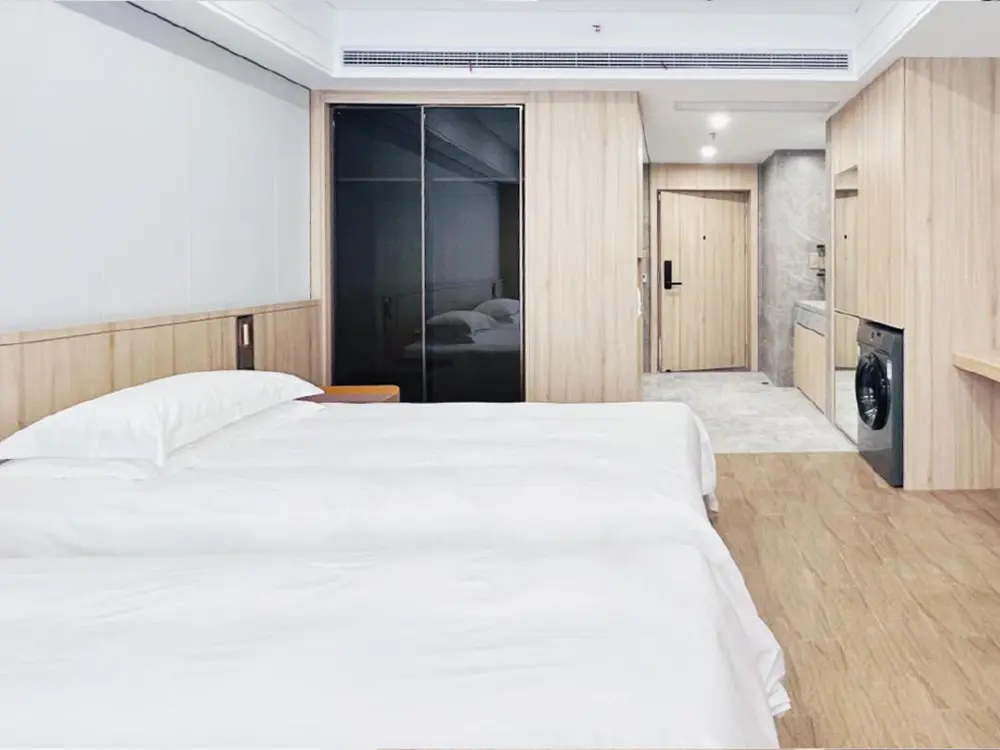 LEAO® Wood Style Decorative Panel
LEAO® Wood Style Decorative Panel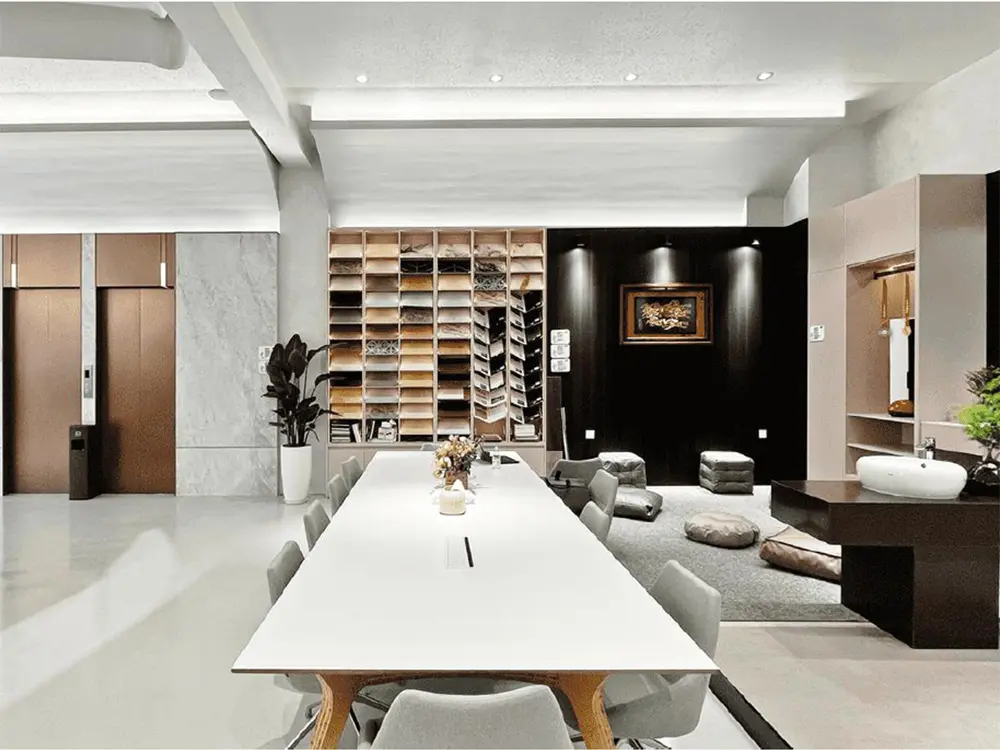 LEAO® Stone Style Decorative Panel
LEAO® Stone Style Decorative Panel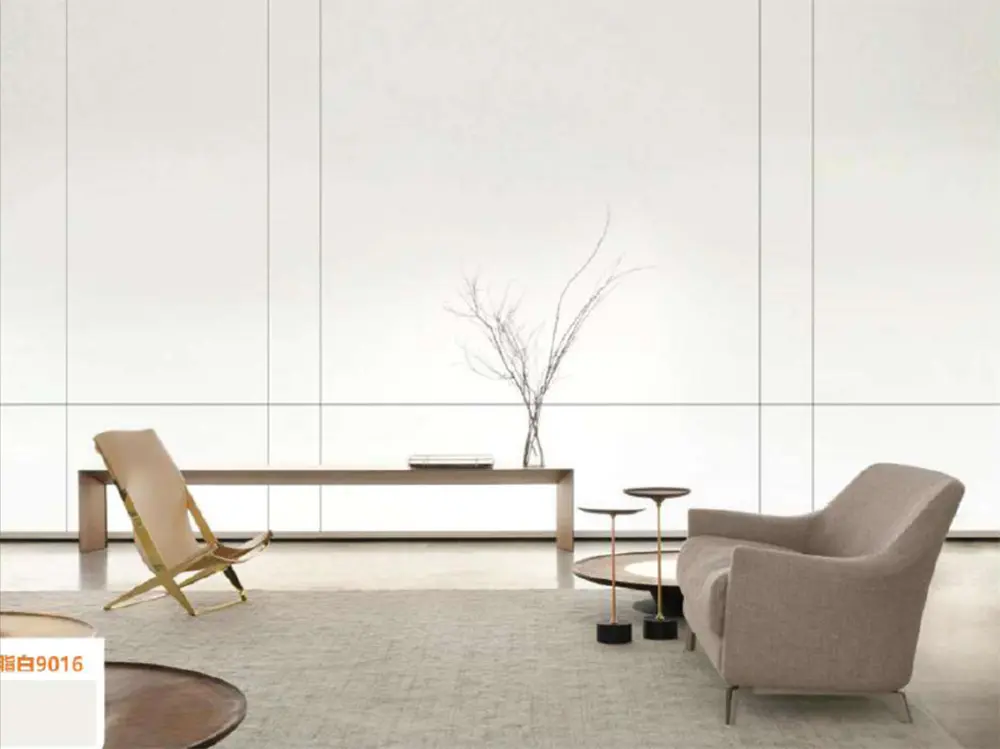 LEAO® Pure Style Decorative Panel
LEAO® Pure Style Decorative Panel



